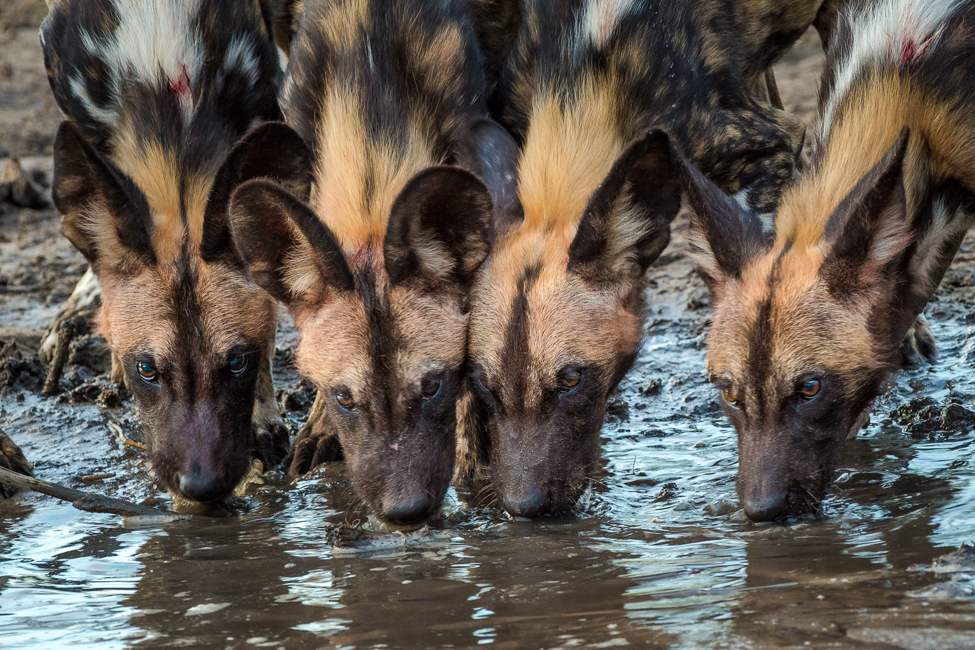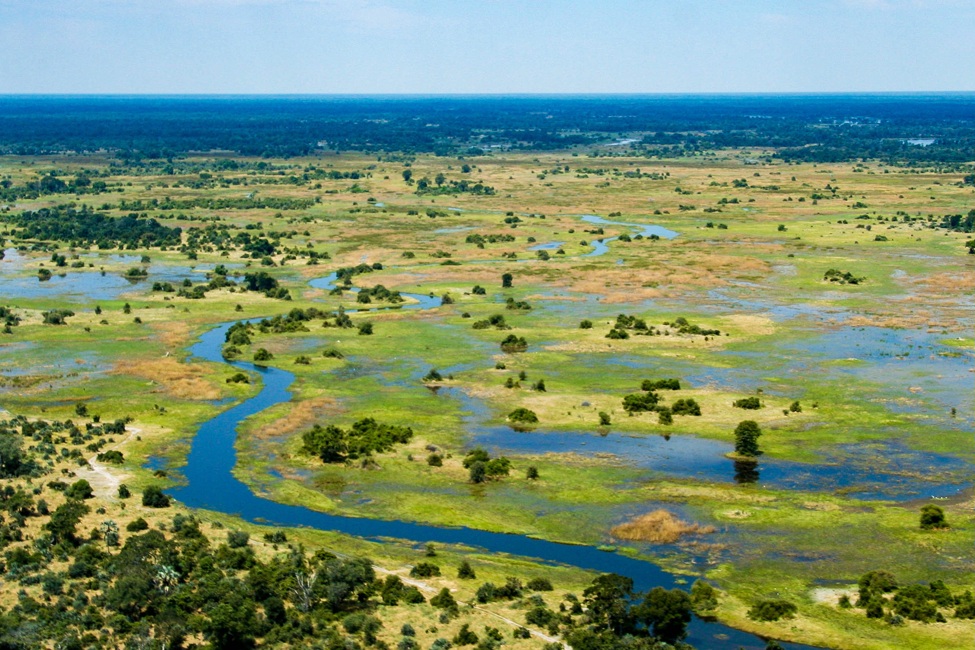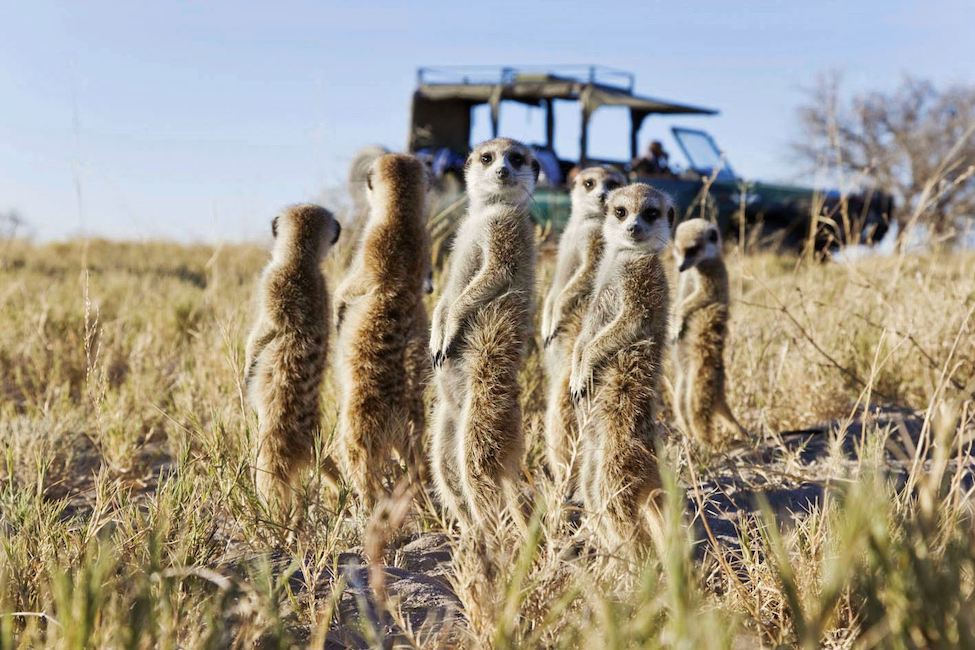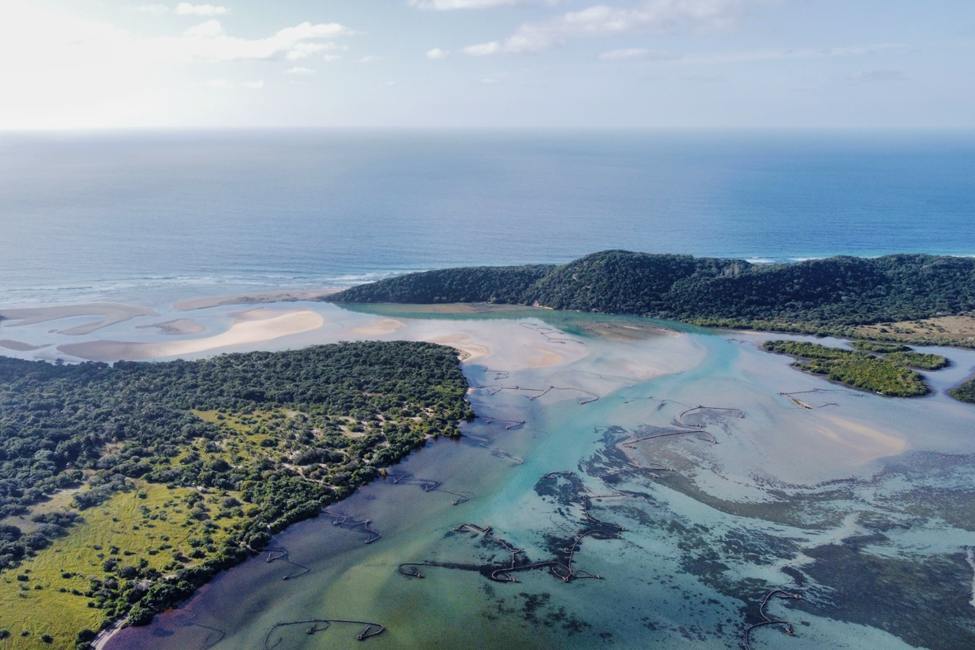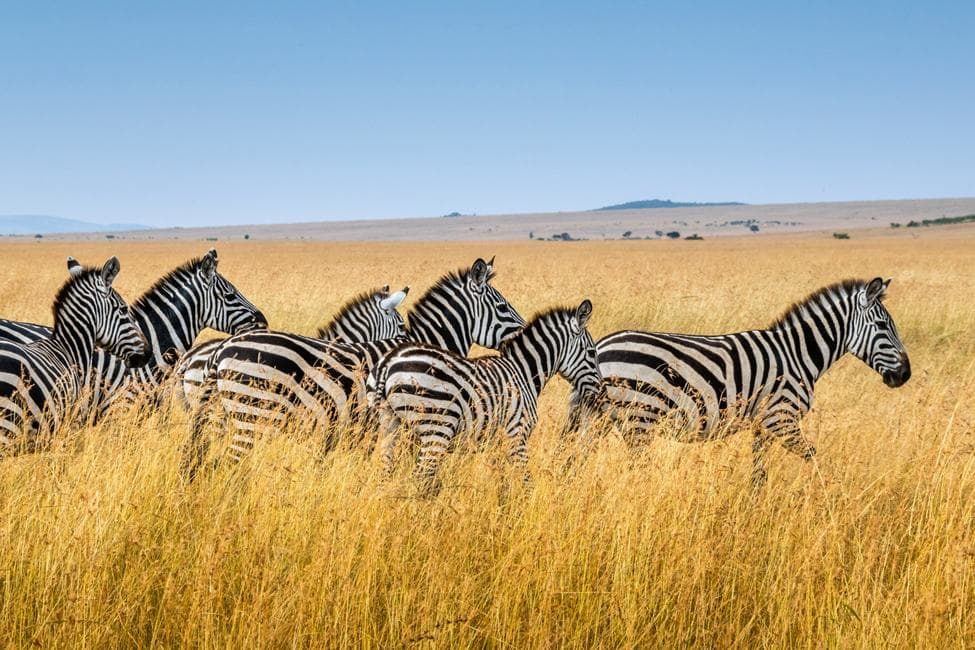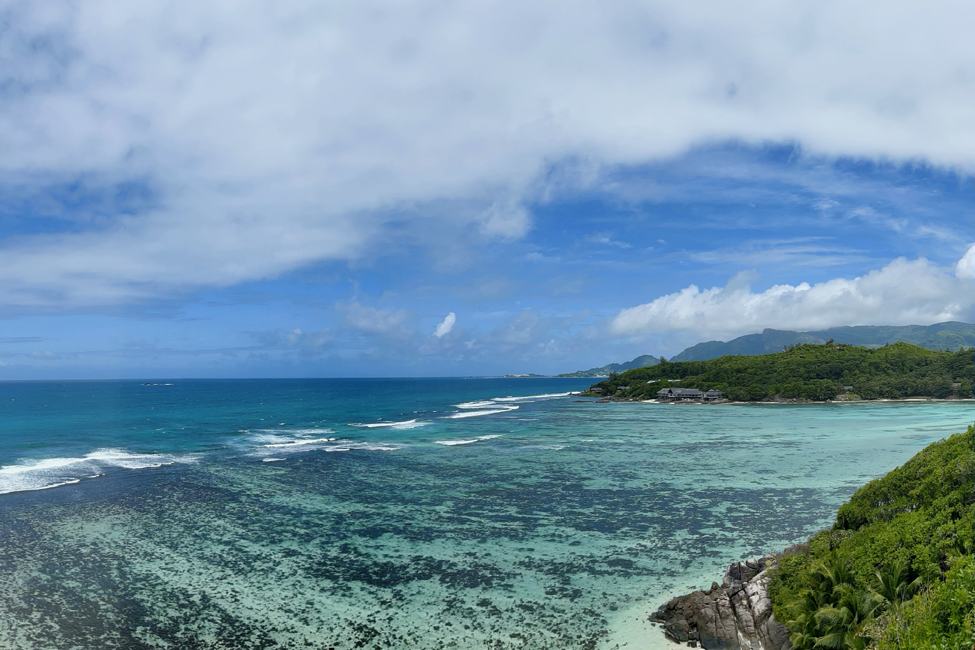Okavango Delta: Africa’s Biggest Oasis
The Okavango Delta is a paradox: a water-rich paradise smack in the middle of the formidable Kalahari Desert. Despite low rainfall, the area is filled with beautiful lagoons, canals, and islands that attract wildlife from miles around. As Africa’s largest oasis, it is visible from outer space.
How did this miracle of nature come to be?
The Okavango Delta is the endpoint of the Okavango River, which originates in the Angola highlands and flows southeast into Botswana. Unlike most rivers, the Okavango River never reaches the sea. Instead, it empties into the sands of the Kalahari. The water remains there until most of it evaporates in the desert heat.
This cycle of replenishment and evaporation is renewed every year, as summer brings rain to the Angola Highlands and causes the river to swell and flood the Okavango Delta.
The Okavango Delta stretches over 5,800 square miles that includes permanent water as well as seasonal wetlands. That makes it the world’s biggest inland delta, or river mouth. It has been named one of the Seven Natural Wonders of Africa and is a UNESCO World Heritage Site.
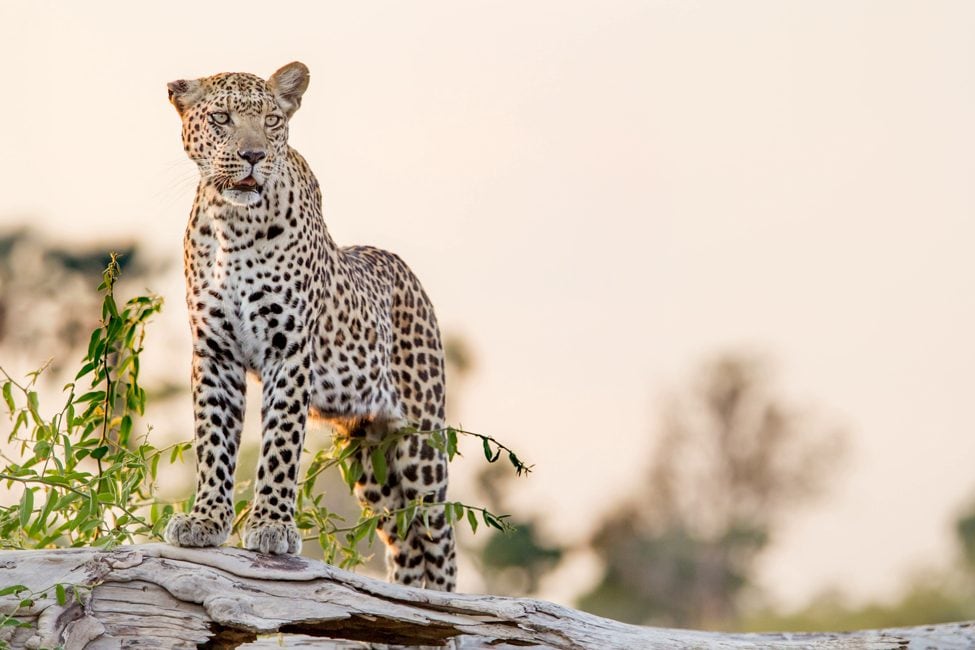
A leopard stands on a fallen tree in the Okavango Delta. Photo by Deon de Villiers.
Wildlife of the Okavango Delta
The Okavango Delta is home to all Big 5—lions, leopards, Cape buffalos, elephants and rhinos. Both species of African rhino, the black rhinoceros and white rhinoceros, can be found in the Delta. Hippos and crocodiles flourish in the waters here.
Other large African animals of Okavango Delta include cheetahs, giraffes, zebras, spotted hyenas, warthogs, and numerous antelope species. The most common antelope in the Delta, the lechwe, has hooves and fur adapted to running through shallow water.
Primates to see in the Okavango Delta include Chacma baboons and vervet monkeys, which are active during the day, and Mohol bushbabies, which are active at night. Also known as galagos, bushbabies have large, saucerlike eyes adapted for night vision.
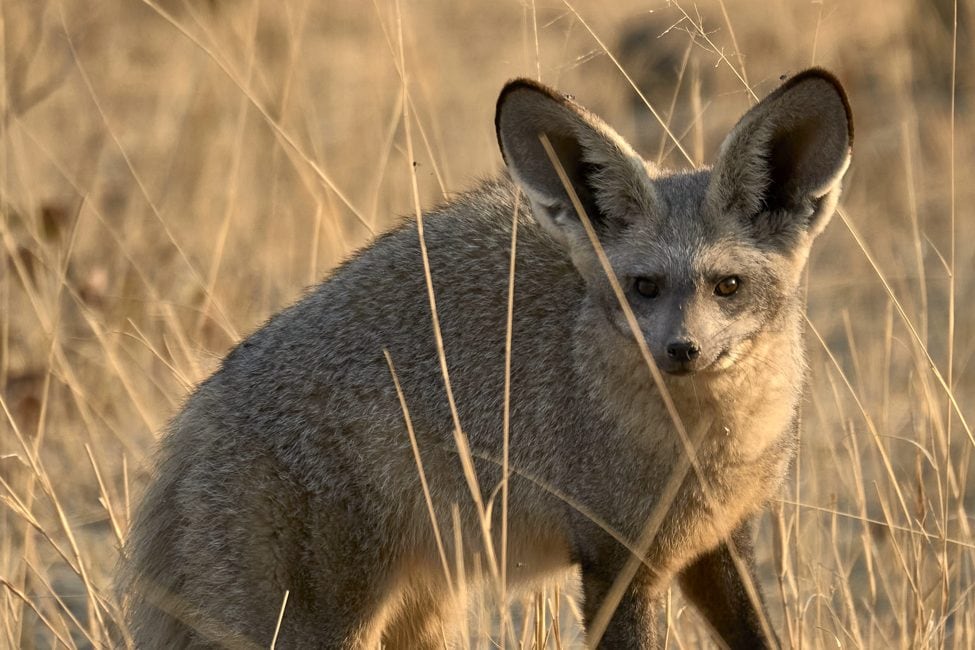
A bat-eared fox prowls through the savanna of Okavango Delta. Photo by Londonexpat.
Wild Cats and Dogs
Are you fond of cats? In addition to lions, leopards, and cheetahs, you will want to look for the two mid-sized cats that prowl the Delta at night: the caracal, distinguished by its reddish-brown coat and large, tufted ears; and the serval, which almost looks like a miniature cheetah with its golden fur dotted by black spots.
The African wildcat, a small feline that is the direct ancestor of domestic cats, is also found in this area. It looks much like a domestic tabby, but is slimmer and taller, with larger ears. It also moves differently from domestic cats, with a gait reminiscent of a cheetah’s.
If you’re more of a dog person, don’t fret. There’s plenty for you to see, too! Keep a watch out for African wild dogs. With colorful golden, black, and white fur of varying patterns, they are also known as African painted dogs. These pack animals are most active during the day, and may be seen sleeping, socializing, or hunting in groups.
The smaller black-backed jackals and bat-eared foxes are more solitary, living in pairs or small family groups. They can be active during the day or night, depending on the location and time of year.
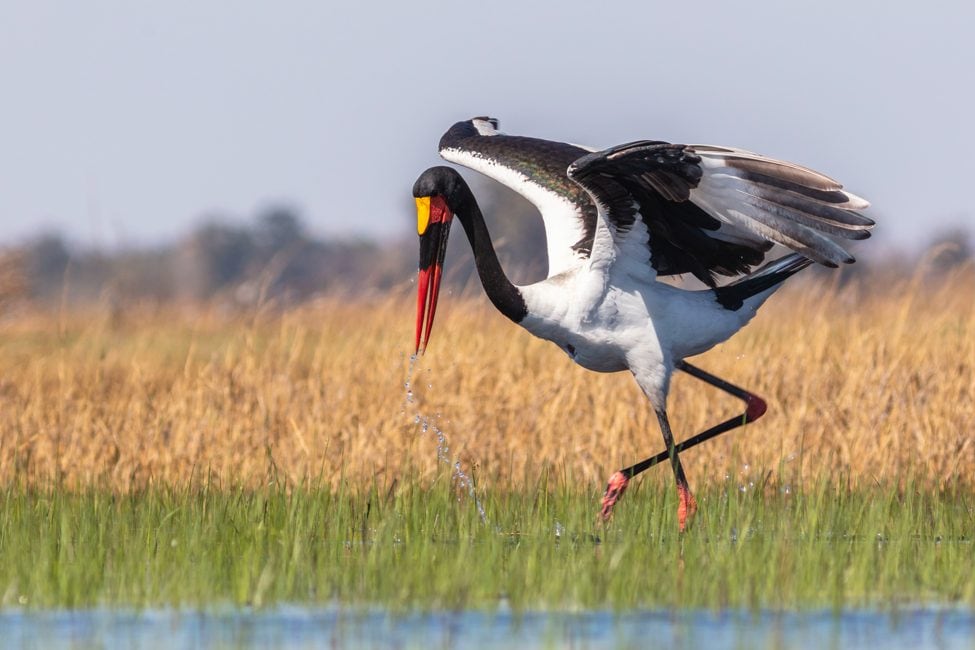
Birds
A breathtaking variety of birds can be found in the Okavango Delta, including almost 400 species in Moremi Game Reserve alone. At sunrise, the activity of songbirds on the water’s edge can be astounding.
The Okavango Delta provides habitat to two separate species of crane—the enormous wattled crane and the regal grey-crowned crane. You can also find seven kinds of storks and fifteen species of heron! Other notable birds include ostriches, African fish eagles, Pel’s fishing owls, African spoonbills, southern ground hornbills, lilac-breasted rollers, southern cordonbleus, and secretary birds.
Explore Botswana on These Safaris
The Islands of Okavango Delta
Among the Okavango Delta’s most iconic geographic features, the islands that dot the waters provide important habitat to animals and plants. Most of these islands were once simple termite mounds that grew as trees took root in them.
On many of the islands, the growth of plants is concentrated around the edges, while the interior is more open. This happens because of the constant flooding and evaporation cycle in the Delta. Mineral salts collect on the surface of the soil when floodwaters evaporate and, over the years, that can add up to a lot of salt. Around the edges of the islands, fresh flood waters wash away the salt build-up and plants flourish. In the interior, only a few salt-tolerant plants can thrive, such as makalani palms.
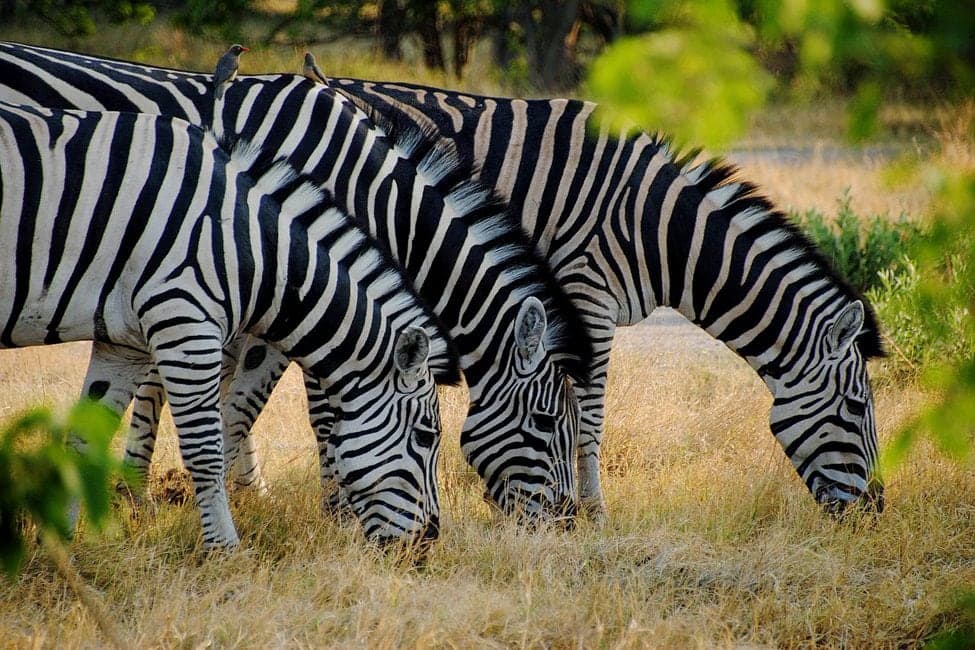
Zebras graze in Moremi Game Reserve in the Okavango Delta. Photo by Diego Cue.
Moremi Game Reserve
On the eastern side of the Okavango Delta lies Moremi Game Reserve, a protected area covering 1,900 square miles. It was named after Batawana Chief Moremi III, whose widow, Elizabeth Pulane Moremi, sought to protect wildlife out of concern for the impact of excessive hunting.
The Moremi Tongue or Mopane Tongue is a peninsula that formed the original part of the park when it was established in 1963. Mopanes are a type of tree that is plentiful on the island and provide an important bird habitat and serve as a food source for many animals.
Chief’s Island, the largest island in the delta at nearly 400 square miles, was added to the park in the 1970s. Formerly a royal hunting ground, it now provides animals with a refuge from flooding during high water periods, making it a great place to view wildlife.
Moremi Game Reserve includes waterways, savanna, and riverine forest. Only about a third of the park is permanently dry land.
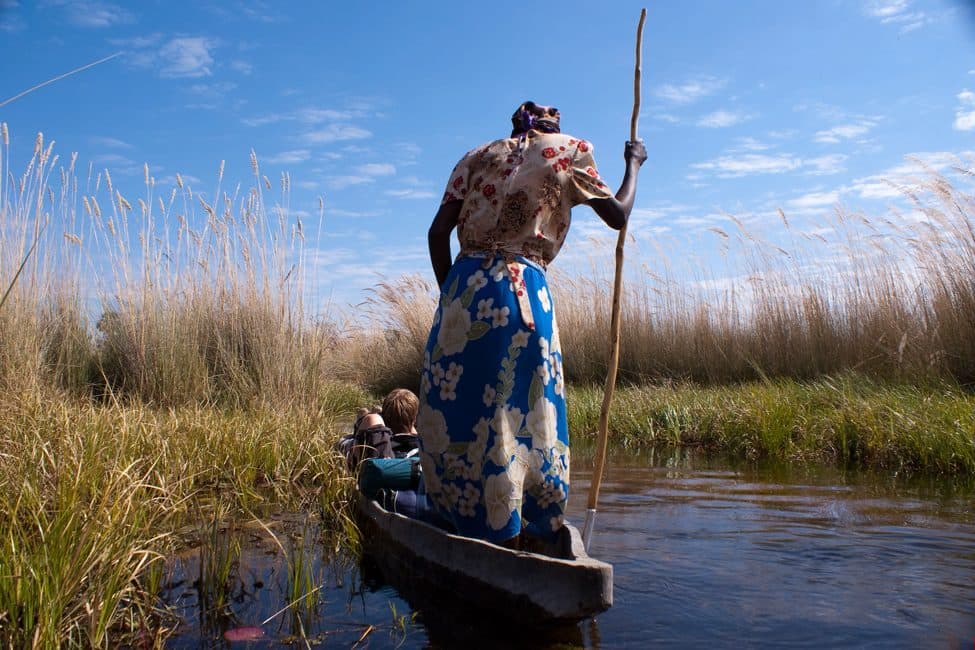
A Botswanan guide steers a mokoro canoe through shallow waters in Okavango Delta. Image cropped from a photo by Tim Copeland.
.
Exploring the Okavango Delta
Your options for exploring the Okavango Delta are almost as varied as the wildlife!
Game drives are perfect for exploring large areas in a short time. Spend the morning in the salt pans and the afternoon in the forest, seeing different creatures at each location. Nighttime game drives are available in some areas, and give you the chance to see nocturnal cats, honey badgers, aardvarks, aardwolves (a species of a hyena that eats mostly termites), bushbabies, and crested porcupines.
Travel the waterways by mokoro (traditional dugout canoe), motorboat, or cruise boat for the chance to enjoy shorebirds, plant life, and the many animals who drink and play at the water’s edge.
If you’re up for a physical challenge, you can try a multi-day horseback safari through the delta. You’ll get to see a variety of to rain and wildlife as you travel from point to point, staying at supported campsites and lodges along your route.
Guided walks are another option. These let you experience nature up close. Learn the names of local flowers, examine a termite mound, look for songbirds, and watch larger animals from a safe distance at eye level.
Want a birds’ eye view of the Okavango Delta? Consider a hot air balloon safari or even a helicopter ride over the area!
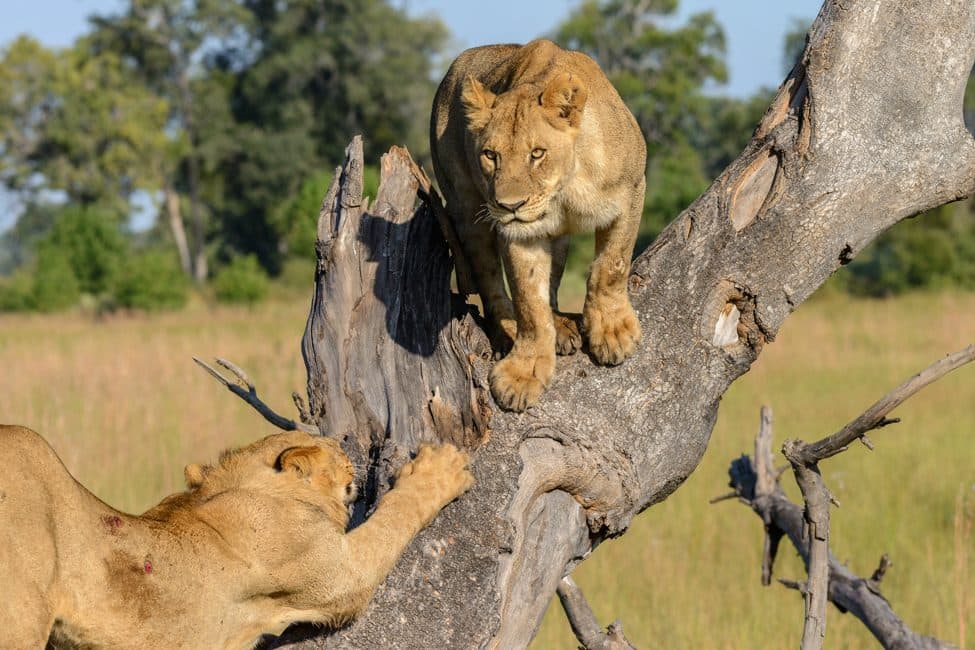
Two lions relax in the Okavango Delta. Photo by Felix M. Dorn.
.
When to Visit the Okavango Delta
The Okavango Delta is a year-round safari destination. But it changes throughout the year, so you should take that into account when planning your trip. If you want to canoe or take a boat ride through the Delta, you’ll need to visit when water is high but calm. For birdwatching, summer (November to February) is when you’ll see the most variety. Looking for big game? They can be seen year-round, but are concentrated in smaller areas in the winter (May to August).
The weather is important, too.
Okavango Delta Through the Seasons
From January to February, heavy rain in the Angola Highlands causes the Okavango River to swell. Water pours into the delta, its lagoons and streams spilling over and spreading across the land for the next several months. This water is supplemented by afternoon thunderstorms in the Okavango Delta, which taper out by the end of March.
The flood peaks between the June and August, during Botswana’s winter. Animals are plentiful, but more dispersed. For visitors who want to see the Delta at this time, the weather certainly cooperates. Rain is uncommon in winter and daytime temperatures are mild, while nights can get close to freezing.
Many travelers prefer to visit the Delta as the seasonal pans dry up, which generally happens from July or August to October. This drying leads to larger concentrations of animals around smaller water sources.
Plan your Okavango Safari
Ready to explore your options for a safari? Ujuzi can help you plan your trip to the Okavango Delta and beyond. Contact us to make your travel dreams come true.
Sign up for the Ujuzi Newsletter!
From top travel tips to innovative safaris and conservation movement, get inspired to plan your next African safari!


